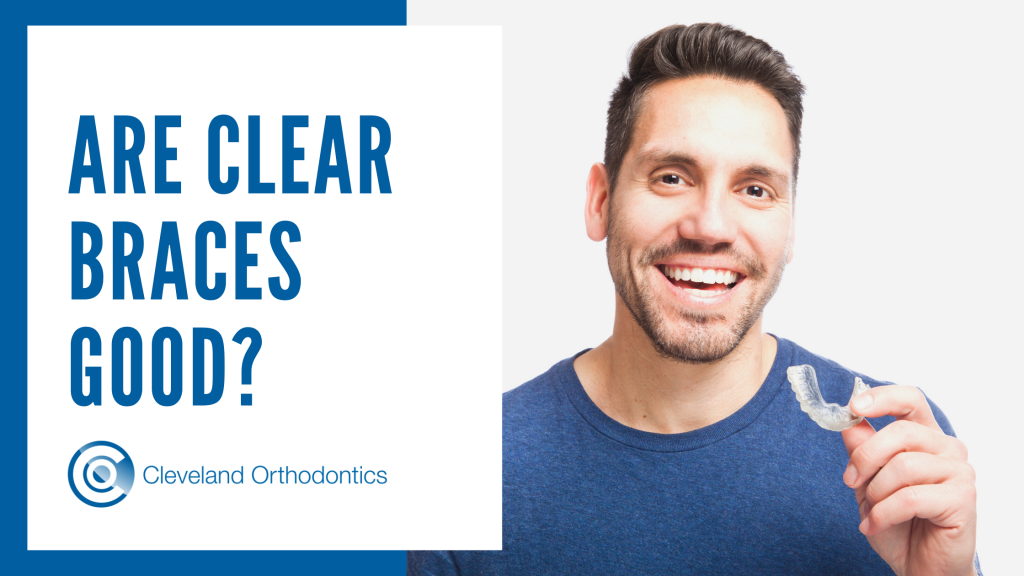
Getting your teeth aligned with braces is a big decision. From choosing the best orthodontic treatment option to the cost involved and the treatment time – one must consider several factors when getting braces. With multiple treatment options available for treating misaligned teeth, selecting an option that best suits your dental needs can be challenging. If you are thinking about getting braces but confused about which braces type is best for you, then read on. This article explains everything you need to know about different orthodontic treatment options so that you make an informed decision in consultation with your orthodontist.
Can You Get Braces If You Have Receding Gums?
According to the American Dental Association, gum recession is a condition where your gums pull away from your teeth, exposing the underlying root surface. Gum recession can occur due to the main reasons; underlying periodontal infection or direct injury to the gums caused by using a hard brush or toothpick. Getting braces while having underlying gum inflammation may directly affect the success of your treatment by accelerating bone resorption around the teeth. Consequently, the rate of bone tissue loss overtakes new bone formation, causing the teeth to become mobile in their sockets. That is why orthodontists recommend that you should only get braces once all your underlying dental problems have been treated.
Can Braces Lead To Gum Disease?
Dental braces often make it difficult to optimally clean the teeth – especially the space between two adjacent teeth. As a result, individuals who wear braces are at a higher risk of developing gum disease. Research conducted at the University of Bristol showed a considerable increase in the number of harmful bacteria in the oral cavity within three months of attaching braces to the teeth.
However, the bacterial count reduced significantly as soon as the braces were removed. The research also highlighted that while braces serve as excellent attachment and breeding places for disease-causing bacteria, good oral hygiene practices – by ensuring that you brush and floss regularly – could effectively reduce the chances of developing gum disease.Â
Here’s a video we have created which shows how to look after your teeth while wearing braces.
Â
How To Tell If You Have A Cavity With Braces?
According to the American Dental Association, a tooth cavity is the destruction of our teeth’ outer, mineralised layer – the dental enamel. If you are wearing braces, the first sign of a developing tooth cavity is “white spots†on the affected tooth.
These white spots represent areas of teeth that have become weak and fragile due to mineral loss from the enamel. The good news is that these white spot lesions can be reversed if treated timely. Your orthodontist may apply a fluoride varnish over your teeth to replenish the lost minerals, making them resistant to bacterial acid attack. Â
Disadvantages Ceramic Braces Vs Metal?
Many people find it hard to choose between metal and ceramic braces. While the ceramic braces offer a distinct aesthetic advantage over the traditional metal braces, they also have some disadvantages. According to the British Orthodontic Society, ceramic braces may not be suitable for placement on the lower teeth in individuals having a deep bite – as they can cause excessive wear of the opposing teeth.
Similarly, the ceramic braces are slightly more challenging to remove after treatment completion than the metal braces. Despite this, ceramic braces are an aesthetically pleasant treatment option that are as effective as conventional fixed braces. Your orthodontist can suggest which braces type best suits your oral health needs.Â
Ceramic Braces Vs Invisalign?
Many people avoid getting traditional braces due to their unaesthetic metallic appearance. If you are also concerned that metal braces will affect your facial aesthetics, you can go for either ceramic braces or Invisalign removable aligners. But how do we decide which option is the better?
The Invisalign aligners are made from a flexible, transparent material which makes them less noticeable when you wear them. On the other hand, the ceramic braces are made from tooth-coloured ceramic that blends perfectly with your teeth. The orthodontic wires of the ceramic braces are also made from tooth-coloured materials to give a lifelike appearance.
While both options offer excellent aesthetics, they differ significantly in their work. The Invisalign aligners realign the teeth through multiple sets of removable aligners that realign your teeth in a step-by-step process. However, the Invisalign aligners may not suit complex orthodontic problems involving the bite.Â
On the other hand, the ceramic braces are attached to your teeth like the traditional stainless steel brackets. As a result, they can be used for treating a more comprehensive range of orthodontic problems than the Invisalign aligners. So, if you have a complicated orthodontic problem that involves teeth straightening -Â and you wish to get tooth-coloured braces – then you might want to go for ceramic braces.Â
Cost Of Invisalign Braces?
The cost of treatment with braces depends on various factors, such as the type of braces and the complexity of your problem. Generally, the traditional metal braces cost less than the aesthetic treatment options like the Invisalign aligners, ceramic or lingual braces.Â
Your orthodontist can help you choose an option suitable for your dental treatment needs. If you are looking for the best orthodontist on Baker Street, Cleveland Orthodontics should be your first choice. Our highly qualified and experienced dental team will ensure that you get the highest quality dental services in a comforting and relaxing environment. So, what are you waiting for?
Book a free online consultation today and begin your journey towards a healthy and beautiful smile and a set of perfectly aligned teeth.Â



